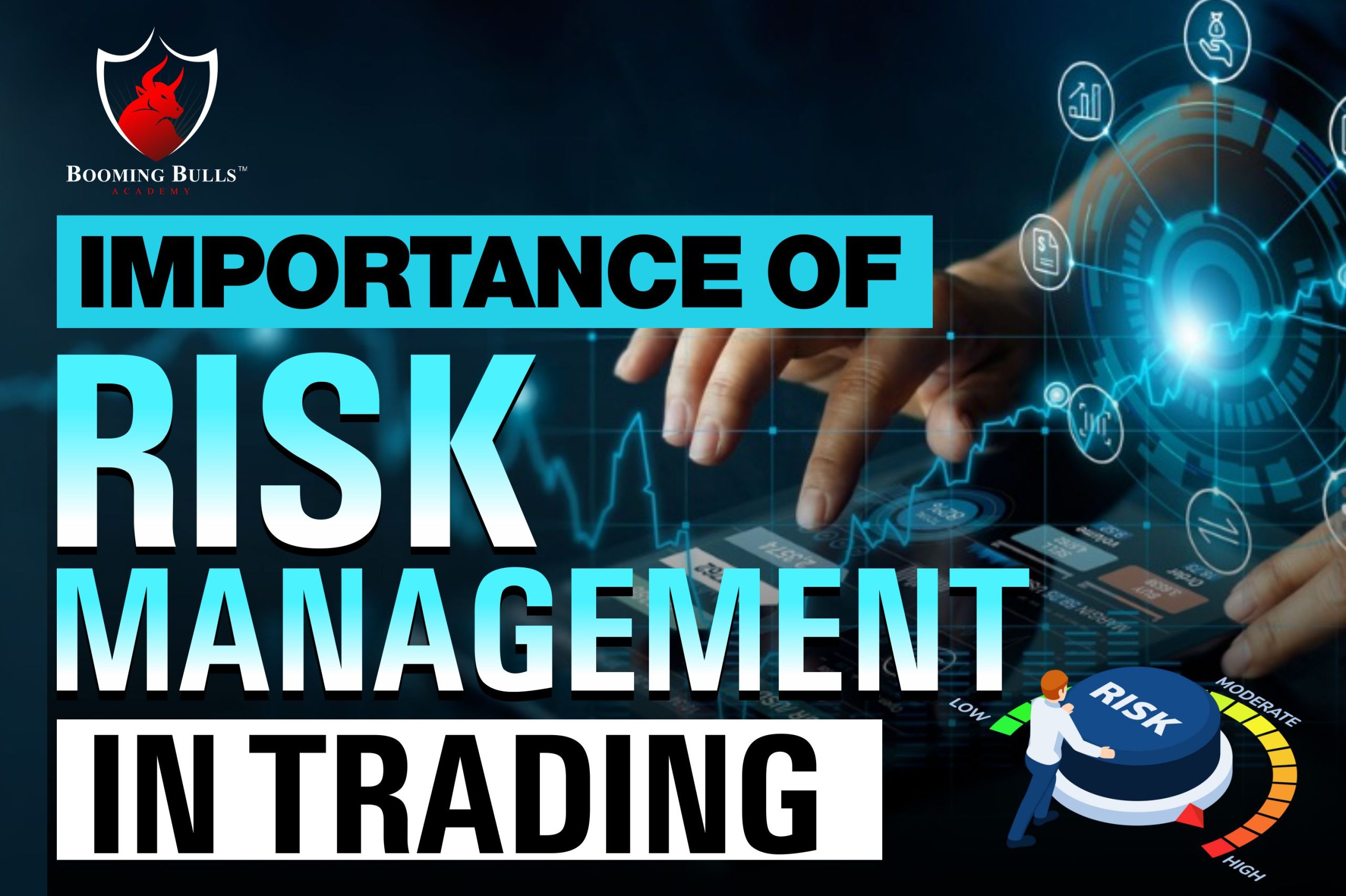Navigating the Complexities: Understanding the Importance of Risk Management
Navigating the Complexities: Understanding the Importance of Risk Management
Blog Article
The Crucial Relevance of Risk Management in Achieving Organizational Objectives
In the rapidly developing service landscape, the capacity to browse unpredictability has actually come to be an essential. This is where Risk Management steps in, providing a structured strategy to determining, evaluating, and mitigating possible roadblocks to proceed. It's even more than simply a protective action - it's a critical device, cultivating resilience and advancement. As we explore the critical duty of Risk Management in achieving business objectives, one can't question however assist: just how does this equate into real-world success?
Understanding the Concept of Risk Management in Organization

The Indispensable Role of Risk Management in Strategic Planning
Integrating Risk Management into critical planning functions as a secure for organizations, anchoring their long-term strategies with a solid structure of preparedness and strength. It operates as the company's radar, discovering prospective risks and susceptabilities that could disrupt the path in the direction of accomplishing their stated purposes. Risk Management supplies a structure for preparing for uncertainties and creating suitable reactions, making certain the company's survival and success even despite difficulty. By integrating Risk Management right into calculated planning, organizations can transform these unpredictabilities right into possibilities for growth and technology. This calculated interweaving of Risk Management cultivates versatility, making organizations a lot more durable and allowing them to navigate the ever-changing company landscape confidently. Subsequently, Risk Management becomes a vital tool in critical planning, important in securing sustainable success.

Strategies for Identifying, Assessing, and Prioritizing Risks
Browsing the complicated landscape of threats calls for the application of specific strategies for their identification, prioritization, and analysis. The process starts with Risk identification, utilizing devices such as SWOT evaluation, which aids in identifying potential threats and chances. Next off, Risk analysis is performed to establish the potential impact and possibility of each Risk. Tools such as Risk matrices and impact-probability charts are used for this. Risks are prioritized based on their prospective effect and probability, enabling companies to concentrate their sources on critical risks. This systematic approach ensures a thorough understanding of the Risk landscape, enabling companies to make informed choices and effectively handle risks to accomplish their objectives - importance of risk management.
Securing Business Procedures With Effective Risk Management
In business landscape laden with uncertainties, effective Risk Management plays a critical role in securing organizational procedures. It works as a protective shield, learn this here now alleviating the negative results of possible risks and making certain the smooth functioning of all procedures. By identifying and examining prospective hazards, Risk Management enables organizations to develop durable backup plans. This preventive technique help in keeping functional stability, also when challenged with unforeseen scenarios. Basically, Risk Management is the lifeline that maintains the organizational operations afloat in the middle of turbulent waters. It makes sure not only the survival however the lasting growth of a company, making it an essential device in attaining service objectives. Organizations need to invest in detailed Risk Management approaches to guard their procedures.
:max_bytes(150000):strip_icc()/risk-management-4189908-FINAL-2-976ae194e01848618ca94941ab9d2395.jpg)
Converting Prospective Dangers to Opportunities: The Power of Risk Management
While possible dangers may initially appear as barricades to organizational success, reliable Risk Management can change them into possibilities. A proactive approach to run the risk of Management involves determining, assessing, and prioritizing risks to devise techniques that transform them into potential benefits. This process requires the advancement browse this site of a risk-aware culture within the organization, urging individuals to view threats as prospective drivers for adjustment and development, as opposed to simple risks. importance of risk management. Via this lens, possible dangers come to be possibilities to introduce, boost procedures, and reinforce durability. Hence, by leveraging the power of Risk Management, companies can not only safeguard their procedures however additionally stimulate development and accomplish their objectives in an unpredictable service environment.
Case Studies: Success Stories of Risk Management Driving Company Objectives
Successful execution of Risk Management strategies has generated impressive outcomes in various organizations, highlighting the qualities of this strategy. Multinational firms like Microsoft and Google, for circumstances, have actually leveraged Risk Management to decrease risks and exploit chances, driving their company purposes ahead. These instances highlight exactly how successful Risk Management can not just guide organizations clear of possible mistakes yet also guide them in the direction of their critical purposes.
Verdict
In verdict, Risk Management is basically important in achieving business goals. By integrating Risk Management right into calculated preparation, services can better navigate uncertainties, guard operations, and capitalise on chances, thus lining up with long-term goals.
At its core, Risk Management is the process of recognizing, assessing, and attending to possible threats that could negatively influence a company's objectives or operations. Next, Risk evaluation is conducted to ascertain the possible effect and chance of each Risk. Threats are focused on based on their possible influence and likelihood, permitting companies to concentrate their resources on critical threats. By determining and analyzing potential hazards, Risk Management makes it possible for companies to establish robust contingency plans. An aggressive technique to run the risk of Management entails identifying, assessing, and focusing visit site on dangers to develop strategies that transform them into possible benefits.
Report this page